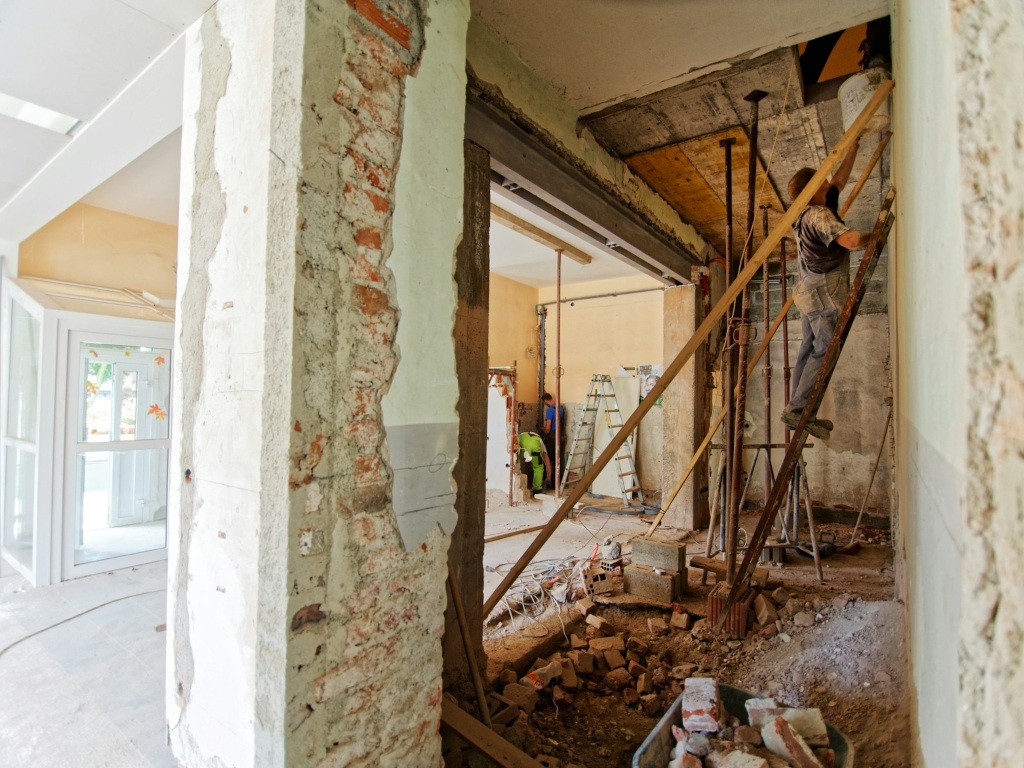
Chris Town Here, Owner Of Town Construction And Development Here With Some More Great Tips for Remodeling Your New Richmond Beach Home in Stages After Relocation.
Remodeling your new home after relocation can feel overwhelming, especially with the boxes barely unpacked. However, tackling the process in manageable stages can turn this daunting undertaking into an exciting journey. By breaking down each phase, you’ll not only maintain your sanity but also enjoy the transformation of your new space, one step at a time. Whether focusing on safety upgrades or dreaming of that perfect kitchen, this guide will help you navigate the process smoothly and efficiently.
Prioritize Immediate Needs: Start with the Essentials
When remodeling your new home, safety should be your top priority. Start by addressing any immediate concerns, such as faulty wiring, leaks, or structural issues that could pose a risk to your family. These repairs might not be the most exciting, but they are the foundation for a secure and comfortable living space. Once these critical areas are taken care of, focus on making the key living areas—like the kitchen, bathroom, and bedrooms—functional and comfortable. Ensuring these spaces are ready for daily use allows you to settle in more quickly, even if other parts of the house still need work. Budgeting for these areas first helps you avoid costly surprises down the road and sets the stage for a smoother remodeling process.
Create a Realistic Remodeling Plan
Before diving into any renovations, take the time to create a clear and realistic remodeling plan. Start by setting specific goals for each phase of the remodel, outlining exactly what you want to achieve. This could include everything from updating outdated fixtures to expanding living spaces. Establish a timeline that fits your lifestyle and the complexity of each project, allowing flexibility for unexpected delays. Consulting with professionals like contractors or architects can help refine your plans and ensure that your vision is both achievable and aligned with your budget. With a solid plan in place, you’ll have a roadmap to guide you through the process, reducing stress and helping you stay on track.
Planning is key in any major project.
Maintain a Comfortable Living Environment While Remodeling Your New Home
Remodeling your new home can disrupt daily life, so keeping things comfortable and motivated is important. Tackle one area at a time to minimize chaos and make your space livable throughout the process. Set up temporary solutions if major work is being done in crucial areas. For instance, use a makeshift kitchen with essentials or set up a temporary bathroom. Keeping your space clean and organized during each phase helps reduce stress. Movers with hands-on experience recommend setting small, achievable goals and celebrating your progress to help you stay motivated after moving in. Focus on the positive changes you’re making, and remember that each step brings you closer to your dream home.
Tackle High-Traffic Areas First
When remodeling your new home, it’s smart to focus on high-traffic areas first. Start with the kitchen, as it’s often the heart of the house. Consider upgrading appliances, countertops, and cabinets to enhance both functionality and style. Next, turn your attention to the bathrooms, where updating plumbing fixtures, tiles, and storage can make a big difference in daily comfort. Finally, give your living room a facelift by repainting the walls, replacing old flooring, and improving the lighting. By prioritizing these frequently used spaces, you’ll quickly see the benefits of your efforts, making your home feel more complete and welcoming.
When remodeling your new home, begin with key areas like the kitchen and bathroom.
Consider Seasonal Projects
Planning your remodel around the seasons can make a big difference in the outcome. Spring and summer are ideal times to work for outdoor spaces, like landscaping or deck installations. They offer favorable weather and longer days, which can speed up the process. When it comes to insulation and window replacement, aim to complete these tasks before winter arrives to keep your home energy-efficient and cozy. Roof repairs are best done during dry seasons to avoid weather-related delays. You can avoid complications and achieve better results by aligning your projects with seasonal conditions.
Balance Between DIY and Professional Help
Balancing DIY projects with professional help is key to a successful remodel. Take on manageable tasks like painting or assembling furniture yourself to save money and gain a sense of accomplishment. However, for more complex jobs—such as electrical work, plumbing, or major structural changes— avoid trying a DIY approach and hire skilled professionals instead. Their expertise ensures the work is done safely and up to code. By knowing when to tackle projects on your own and when to call in the experts, you’ll maintain both the quality and efficiency of your remodel. This approach helps you stay within budget while achieving the results you want.
Avoid a DIY approach for hazardous tasks.
Stay Flexible and Adjust Plans as Needed
Remodeling often comes with unexpected challenges, so staying flexible is crucial. Be prepared to adjust your plans if you encounter unforeseen issues, such as hidden damage or delays in materials. If certain areas require more attention than initially planned, be willing to reallocate your budget. Similarly, extending your timeline may be necessary to ensure high-quality results. By remaining adaptable and open to changes, you can easily handle surprises and keep your remodel on track, even if things don’t go as planned.
Plan for Future Phases of Remodeling
As you complete each stage of remodeling, keep future phases in mind. Consider your long-term vision for the home to make sure each project fits into your overall plan. Set aside funds for upcoming renovations to avoid financial strain and keep your remodel moving smoothly. If you need to store materials or furnishings during future work, plan for adequate storage solutions. By thinking ahead, you can streamline the remodeling process and ensure each phase contributes to your home’s ultimate transformation.
Wrapping Up
In conclusion, remodeling your new home in stages can make the process more manageable and enjoyable. By prioritizing immediate needs, creating a realistic plan, and focusing on high-traffic areas first, you’ll quickly see improvements in your living space. Balancing DIY efforts with professional help, staying flexible with your plans, and maintaining a comfortable environment will help keep the project on track. Planning for future phases ensures a smooth transition from one stage to the next, ultimately transforming your new house into a home you love. Embrace each step of the remodel, and enjoy the journey of making your new space uniquely yours.



